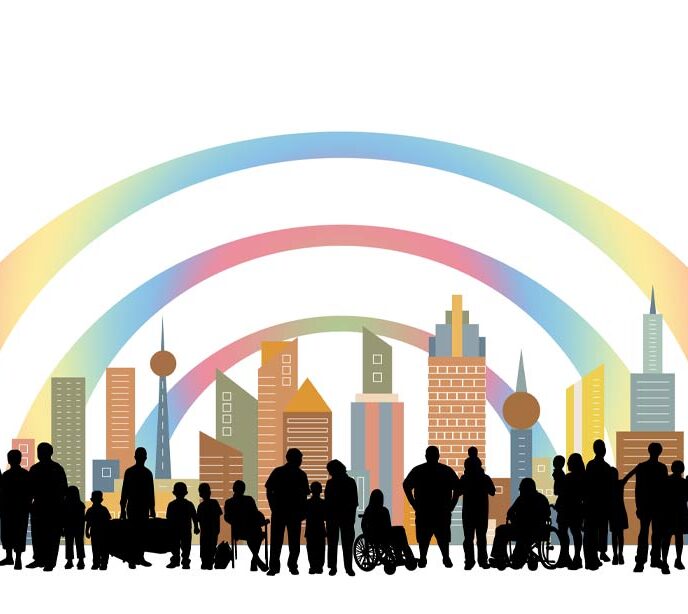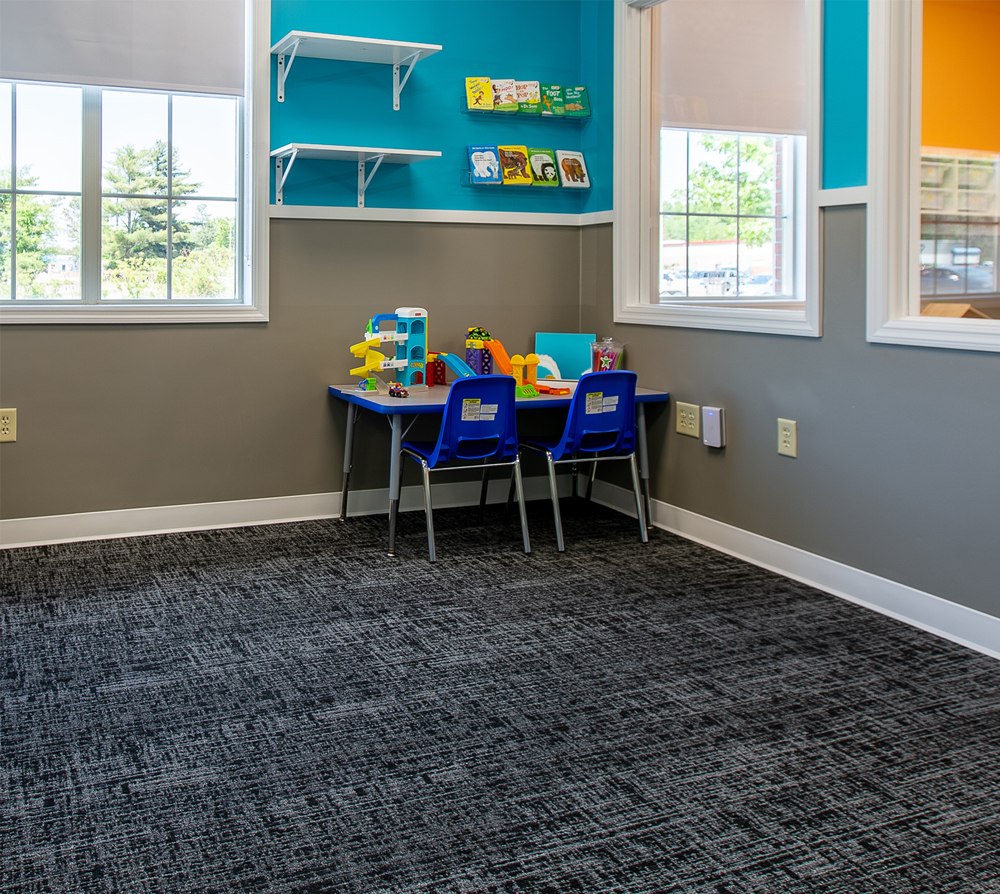Autism, Early Intervention and ABA Therapy
Autism Spectrum Disorder (ASD) is a complex developmental disorder that affects how people learn, communicate, and interact with the world. Learning the signs of autism and seeking early intervention can make a massive difference in helping autistic children reach their full potential. Learn everything you need to know in this blog.

Understanding Autism, Early Intervention, and ABA Therapy
What Is Autism Spectrum Disorder (ASD)?
Autism Spectrum Disorder (ASD) is a complex developmental condition that impacts how people perceive and interact with the world around them — from how they learn and communicate to how they build relationships and express themselves. While autism affects approximately 1 in 36 children in the United States, each autistic person has their own unique combination of strengths and challenges, which is why it’s called a “spectrum” disorder. It presents differently in every person.
Autism may present itself through a variety of signs and behaviors, including:
- Social interaction difficulties
- Nonverbal and verbal communication difficulties
- Repetitive behaviors
A small percentage of autistic individuals may also exhibit remarkable talents in art, music, math, or memory. These abilities highlight the diversity within the autism spectrum, where exceptional strengths in some areas often balance challenges in others.
Signs and symptoms of autism can appear as early as 6 months, and autism is typically diagnosed by age 4. Still, many children are diagnosed much later in childhood or even in adulthood. Early recognition and support can make a remarkable difference in an autistic child’s development, so it’s important that families understand the signs of autism and know what steps to take if they have concerns about their child’s development.
Early Signs of Autism Spectrum Disorder
Every child develops at their own pace, but there are certain behaviors and signs that may indicate ASD. Autism symptoms can appear as early as 6 months, but they often become more noticeable between 18–24 months. Some of the most common signs to look out for include:
- Avoiding eye contact
- Not responding when their name is called
- Not smiling when you smile at them
- Heightened sensitivity to specific tastes, smells, or sounds
- Repetitive movements such as hand-flapping, finger-flicking, or rocking back and forth
- Speaking less than other children
- Engaging less frequently in imaginative play or playing with toys in unconventional ways
- Lack of responding to other children in their environment
- Lack of interest in most social exchanges
Diagnosing Autism Spectrum Disorder
If you suspect your child may have autism, the first step is to contact their pediatrician or general practitioner. The pediatrician will perform an initial assessment and will typically be able to determine if further evaluation is needed. In some cases, they may refer you to a specialist, such as a psychologist or a developmental pediatrician, who focuses on diagnosing and treating developmental disorders.
These specialists will perform standardized assessments, such as the Childhood Autism Rating Scale (CARS), Autism Diagnostic Observation Schedule (ADOS), or Modified Checklist for Autism in Toddlers (M-CHAT), to evaluate if your child has autism and determine the severity.
Comprehensive evaluations like these are a crucial part of the diagnostic process. If a child is diagnosed with autism, they help guide the treatment plan and ensure appropriate support. Plus, most insurance companies require standardized assessments to authorize treatments like Speech Therapy, Occupational Therapy, and Applied Behavior Analysis (ABA) Therapy.
What Is Early Intervention for Autism?
Early intervention provides vital support to young children with autism and their families during the most crucial years of development. Most early intervention programs target children under the age of 3 years old. Children’s brains are remarkably adaptable during these early years, creating new connections and pathways that shape their future development.
Research consistently shows that beginning therapeutic support during these formative years significantly affects a child’s progress. Through personalized, evidence-based interventions focusing on communication, social skills, and positive behaviors, the goal is for autistic children to build the essential foundations they need to thrive and live fulfilling independent lives.
Early intervention extends beyond supporting the child; it embraces and strengthens the whole family. Through guidance and collaboration, parents receive practical tools and strategies to help them navigate the inevitable daily challenges of raising an autistic child while providing the support they need.
The Importance of Early Intervention for Autism Support
Data shows that the earlier children are diagnosed with autism, the earlier they start receiving interventions and the better their outcomes are. This leads to a better overall quality of life for the child and the family. This is one of the biggest reasons families are encouraged to understand what autism is, recognize the signs of it, and take the steps to get their child the help they need.
Types of Intervention – What Is ABA Therapy for Autism?
After a child receives an autism diagnosis, parents often feel overwhelmed about the next steps. While a physician or psychologist may refer them to a specific therapy center for services (whether that be ABA therapy, speech therapy, occupational therapy, or something else), this isn’t always the case. The best thing you can do for your child is research the available services and interventions in your area.
Specifically, many doctors will recommend Applied Behavior Analysis (ABA) therapy for autism. This is the only type of therapy recommended by the U.S. Surgeon General for the treatment of autism. ABA therapy aids in developing new skills, shapes and refines previously learned skills, and decreases socially significant problem behaviors. It often involves the following components:
- Qualified and trained BCBAs (Board Certified Behavior Analysts) lead and oversee a child’s therapy program.
- After a detailed assessment, the BCBA will create an individualized program based on the child’s specific needs, therapy goals, preferences, and overall family goals.
- Goals will be developmentally appropriate for that child, including sociability, communication, play, self-care, motor development and academic skills.
- Highly qualified and trained therapists will help your child achieve these goals through detailed instruction plans that break down skills into manageable steps. Your child will then work on their most fundamental skill sets and build up to more complex ones, with each skill set building off of the one before.
- Therapists continually collect data on your child to determine which skill sets are improving, which ones are not, and how the therapy program may need to be modified to ensure your child achieves their goals.
- Regular meetings with family and staff take place to allow for planning, a review of your child’s progress, and to make any needed adjustments.
Take the First Step Toward Your Child’s Future
At Lighthouse, we believe it’s never too late to begin your journey, but we also know that early intervention can make a remarkable difference in an autistic child’s development. We’re passionate about helping families understand the early signs of autism and guiding them through the steps to support their child. We’ve seen countless children blossom and reach incredible milestones through understanding, early intervention, and personalised care.
Whether you’re just beginning to have questions about your child’s development or looking for guidance after a diagnosis, we’re here to walk alongside you with compassion, expertise, and hope.
Together, we can unlock your child’s potential
Related News

06/11/2025
Overcoming Stereotypes
Autism stereotypes are common and can have significant social consequences for autistic children. Misconceptions hinder the acceptance and inclusion of autistic children. Challenging these stereotypes is vital for creating a more understanding and supportive society. Challenging Common Autism Stereotypes When people hear the word “autism,” they often imagine a narrow set of images, like the […]

06/11/2025
What’s Next After ABA Therapy?
There are a number of reasons why an autistic child might stop ABA therapy, and one is that they have reached their goals. In this article, we take a look at what parents can expect going forward. What Are the Next Steps After ABA Therapy? As a parent, you only want what’s best for your […]

06/11/2025
Do Babies with Autism Smile?
We take a look at the importance of early intervention, some of the milestones for parents to look out for, and the more common signs of autism in babies. Do Babies with Autism Smile? Watching your baby grow is an exciting time, certainly one of life’s quiet wonders. From those first sleepy stretches to the […]


